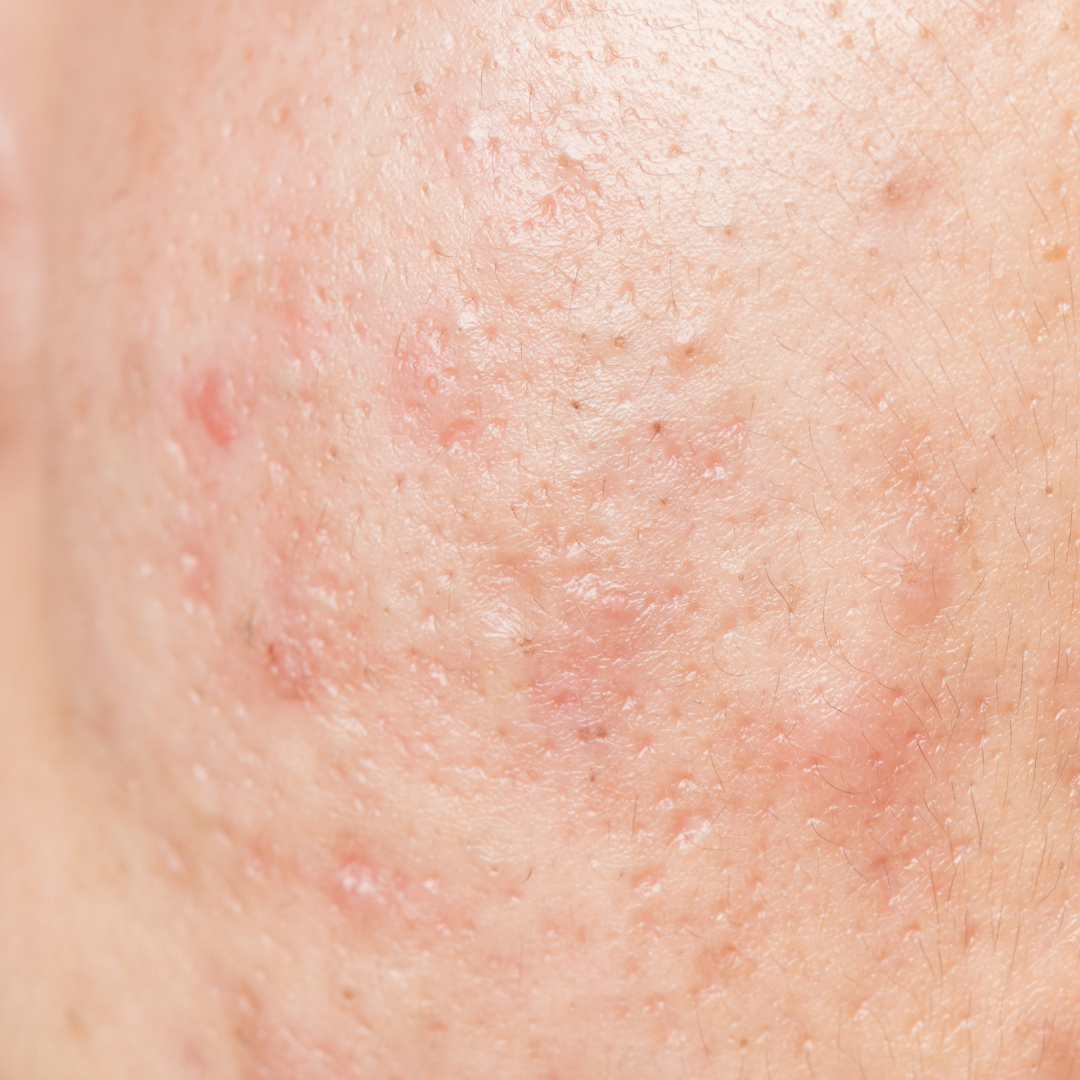
Acne scars from teenage years that won’t go away? Your options
Share
Acne scars can persist long after teenage years, but there are a variety of treatment options available to improve their appearance:
-
Chemical peels: According to a review of studies, chemical peels with alpha-hydroxy acids or beta-hydroxy acids can improve acne scars by up to 35% to 80% (Cho & Lee, 2014).
-
Microneedling: In a study of microneedling for acne scars, researchers found that 95% of participants experienced some level of improvement in their scars, with an average improvement of 31% (Fabbrocini et al., 2019).
-
Laser therapy: One study found that 67% of participants who underwent fractional laser treatment for acne scars experienced a 50% or greater improvement in their scars (Ibrahim et al., 2015).
-
Topical treatments: Certain topical ingredients can also help improve the appearance of acne scars. For example, a study found that a combination of ascorbic acid and alpha-tocopherol improved the appearance of acne scars by 87.5% (Jain et al., 2016). Other ingredients to consider include azelaic acid, lactic acid, and niacinamide.
It's important to note that the effectiveness of these treatments can vary depending on the type and severity of acne scars, as well as individual skin type and other factors. Consulting with skin professional can help determine the best treatment plan for each individual.
Head to Instagram to ask Mr. Lulu about product or treatment suggestions - Click here
Citations:
- Cho, S. B., & Lee, J. H. (2014). Treatment of acne scars: a review of treatments and clinical efficacy. Journal of Cosmetic and Laser Therapy, 16(3), 141-151.
- Fabbrocini, G., et al. (2019). Microneedling for acne scars in Asian skin type: an effective low cost treatment modality. Journal of Cosmetic and Laser Therapy, 21(4), 196-201.
- Ibrahim, Z. A., et al. (2015). Fractional CO2 laser for the treatment of acne scars: A systematic review and meta-analysis. Journal of Cosmetic Dermatology, 14(4), 291-303.
- Jain, S., et al. (2016). Evaluation of the efficacy of combination of glycolic acid peels with topical regimen in treatment of melasma and postinflammatory hyperpigmentation. Journal of Cutaneous and Aesthetic Surgery, 9(2), 85-88.
